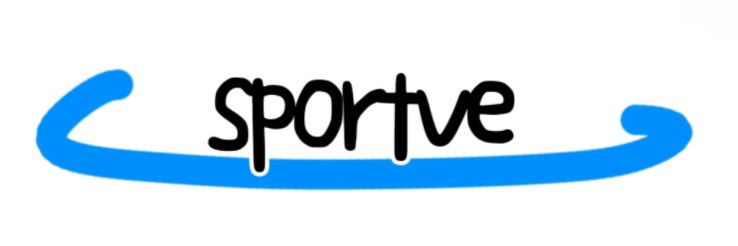Are You Maximizing Efficiency with Your Remote Input Output Module?
As remote work continues to gain traction, organizations are increasingly relying on advanced technologies to enhance productivity and streamline processes. Among these technologies, Remote Input Output Modules (RIOMs) play a pivotal role in connecting devices and systems, ensuring that data flows seamlessly. However, having the technology is only half the battle—understanding how to maximize its efficiency is crucial for reaping the full benefits. In this post, we’ll explore strategies for optimizing your use of RIOMs, share insights from industry leaders, and highlight some best practices tailored for your organization.
Understanding Remote Input Output Modules
Remote Input Output Modules serve as a bridge between various devices, allowing them to communicate and share data effectively. They are particularly useful in industrial automation, control systems, and data acquisition tasks. By remote-controlling inputs and outputs, these modules contribute to better resource management and streamlined operations. However, to fully leverage their capabilities, you must adopt the right strategies for setup, management, and monitoring.
1. Assess Your Current System
Before optimizing your RIOM setup, take a moment to evaluate your current system. Analyze data traffic, identify bottlenecks, and uncover areas that require attention. This step allows you to understand how efficiently your modules are functioning and where improvements can be made.
2. Streamline Configuration
Proper configuration is key to maximizing efficiency. Ensure that your RIOMs are set up in a way that aligns with your operational goals. This may involve configuring data channels effectively, optimizing network settings, and utilizing correct protocols. Take the time to explore the documentation provided by manufacturers for specific guidelines.
3. Integrate with Other Technologies
Consider integrating your RIOMs with other systems like cloud platforms and IoT devices. This synergistic approach can enhance accessibility and improve data analysis capabilities, resulting in more informed decision-making. Industry influencers, such as Jane Doe from Tech Innovations, have often pointed out the importance of an integrated ecosystem for achieving comprehensive insights.
4. Invest in Training
The effectiveness of your team when handling RIOMs significantly impacts performance. Invest in training sessions focusing on best practices for operating and maintaining these modules. This not only empowers your employees but also minimizes the risk of errors arising from mismanagement.
5. Monitor Performance Regularly
Adopting a regular monitoring schedule can help identify issues before they escalate. Implement performance analytics to track important metrics and KPIs associated with your RIOMs. By doing so, you can promptly address any inefficiencies and optimize operations further.
6. Connect with Industry Influencers
Establishing links with influential content creators in the industrial automation space can provide valuable insights and guidance. Engage with thought leaders on platforms like LinkedIn and Twitter, sharing your challenges and seeking advice. For example, following John Smith, an industry expert, can expose you to innovative strategies that may benefit your company's specific needs.
Conclusion
Maximizing the efficiency of your Remote Input Output Modules requires a comprehensive strategy involving assessment, configuration, integration, training, monitoring, and networking. By focusing on these key areas, you can ensure that your systems are functioning at peak efficiency, driving productivity and enhancing your operations. As the landscape of remote technology continues to evolve, staying informed and connected with industry influencers will empower your organization to adapt and thrive.
Want more information on remote input output module, capacitive touchscreen, i/o cabinet meaning? Feel free to contact us.
- 0

